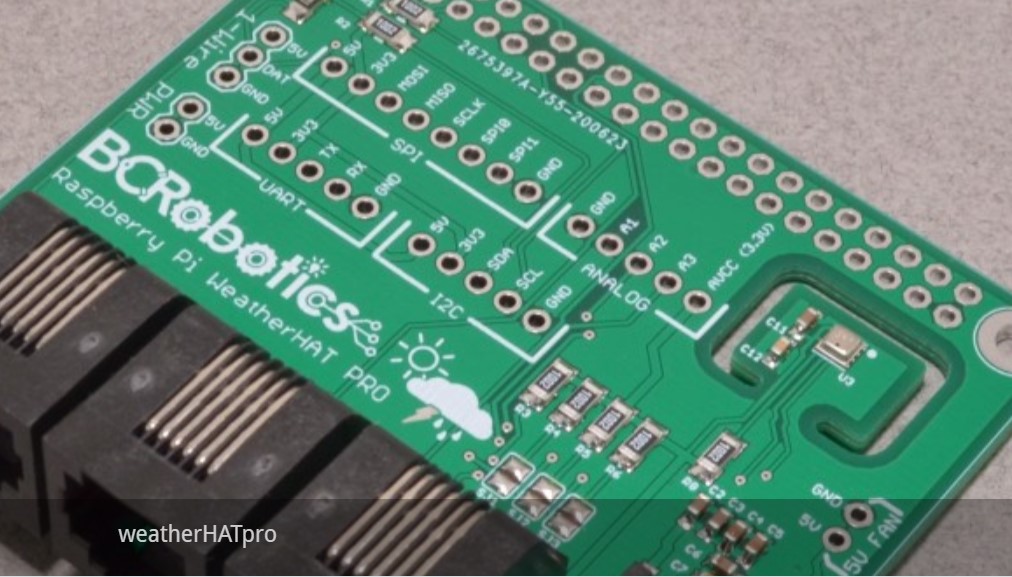
WeatherHatPro.jpg
IMG_4810_Big.JPG
(To enlarge .....Click it)
 WeatherHatPro.jpg |
(To enlarge .....Click it)
IMG_4810_Big.JPG |
 by on
by on  by D@CC Last Updated Date: 2021 A Jan 07
by D@CC Last Updated Date: 2021 A Jan 07 by BC Robotics Last Updated Date: 2018 G Jul 12
by BC Robotics Last Updated Date: 2018 G Jul 12 python program by D@CC Last Updated Date: 2021 A Jan 07
python program by D@CC Last Updated Date: 2021 A Jan 07